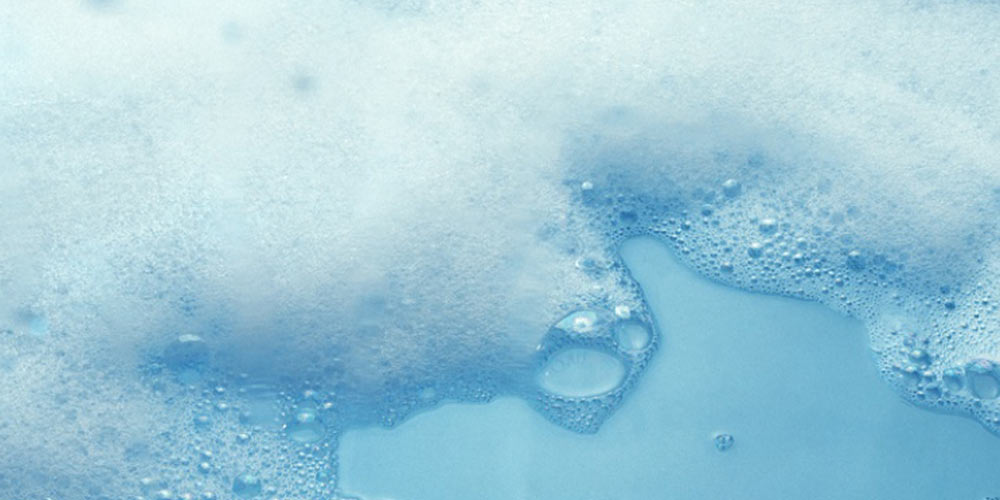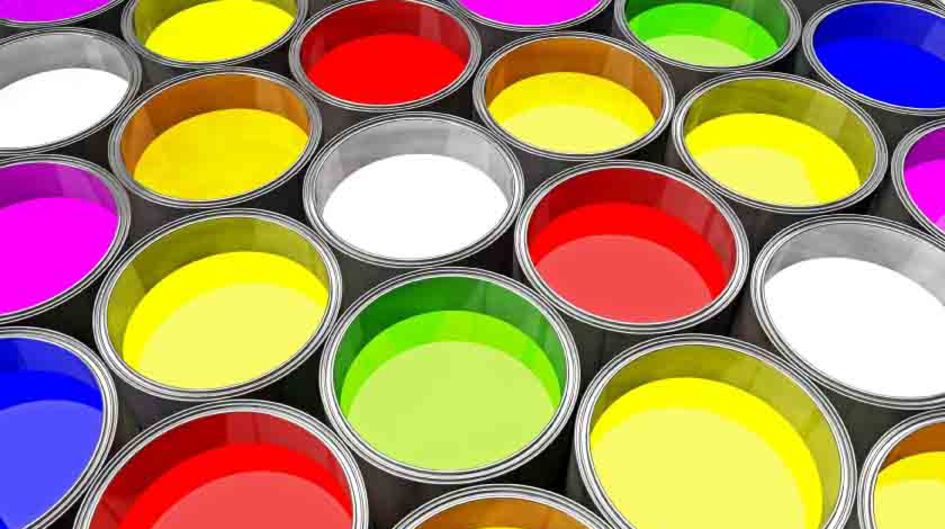The Application of Defoamers in the Pulp and Paper Industry
The Application of Defoamers in the Pulp and Paper Industry
Blog Article
Picking the Right Defoamer for Your Particular Application Needs
Selecting the proper defoamer for details application requirements is a nuanced procedure that requires careful factor to consider of multiple aspects, such as the foam kind, operating, and medium conditions. Understanding the subtleties of defoamer efficiency-- including rate and persistence-- while likewise accounting for ecological and regulative elements is important.
Comprehending Foam Formation
Foam formation occurs when gas is entraped within a liquid, creating a secure framework of bubbles. This sensation can dramatically impact different commercial processes, particularly in sectors such as food production, pharmaceuticals, and wastewater therapy. The visibility of foam can prevent blending, reduce product quality, and even lead to operational inadequacies.
Foam generally forms due to a combination of elements, including surface-active agents, anxiety, and the attributes of the fluid stage. Surfactants lower the surface tension of the fluid, facilitating the formation of bubbles that can integrate and maintain. Frustration, whether from mechanical mixing or gas intro, boosts bubble formation, resulting in boosted foam volume.
Understanding the auto mechanics of foam development is crucial for markets aiming to maximize their processes. By recognizing the particular problems that promote foam generation, companies can implement strategies to minimize its impacts.
Kinds Of Defoamers Available
Different kinds of defoamers are available to attend to the obstacles positioned by foam in commercial applications. defoamers. Broadly categorized, defoamers drop right into three groups: silicone-based, non-silicone-based, and natural defoamers
Silicone-based defoamers are renowned for their efficiency and stability throughout a wide variety of temperatures and pH levels. They are typically utilized in applications where strong foam suppression is necessary, such as in paints, finishings, and adhesives. Their low surface area tension permits rapid foam collapse.
Non-silicone-based defoamers, commonly made from natural substances, supply an alternative for applications conscious silicone residues. These defoamers can be additional split into polyether and ester types, each customized to satisfy certain formulation requirements. Non-silicone defoamers are often utilized in food handling and individual treatment items because of their compatibility with numerous solutions.
All-natural defoamers, acquired from plant or pet sources, are gaining traction because of their environmentally friendly account. These items are specifically appealing in applications where regulatory compliance and sustainability are vital, such as in agrochemicals and biotechnology.
Picking the appropriate kind of defoamer is critical for enhancing efficiency and guaranteeing compatibility with details applications.
Secret Application Considerations
When selecting a defoamer, it is important to think about the details application needs to make sure optimum performance. defoamers. Various industries have distinct needs, such as food processing, pharmaceuticals, or wastewater treatment, and each application may call for special defoaming residential properties
Secret factors to examine consist of the tool in which the defoamer will certainly be utilized, whether it is water-based, oil-based, or a combination thereof. The temperature level and pH levels of the application can also greatly affect the efficiency of a defoamer. Additionally, compatibility with various other chemicals present in the system is important to stop adverse responses that could endanger performance.
An additional vital factor to consider is the lathering actions of the particular system. Understanding whether the foam creates rapidly or slowly can lead the choice of a defoamer that targets the root cause effectively. The wanted speed of defoaming can affect the option, as some applications require fast activity while others might tolerate slower defoaming processes.
Last but not least, regulative and environmental considerations need to not be neglected, specifically in markets with stringent conformity needs. Selecting a defoamer that straightens with these factors guarantees both effectiveness and safety in the application.

Efficiency Screening Approaches
Reviewing the efficiency of a defoamer calls for an organized technique to screening that precisely measures its effectiveness in specific applications. Numerous efficiency testing methods can be employed to identify the ideal defoamer for a provided formulation.
One common method is the bubble test, which evaluates the defoamer's capacity to lower foam quantity gradually. This test involves creating a stable foam and then adding the defoamer to observe the rate of foam collapse. Another approach is the dynamic foam test, where foam is created under regulated conditions to my link imitate real-world application circumstances. This method provides understandings into just how the defoamer carries out under differing shear conditions.

Inevitably, selecting the appropriate performance screening method depends on the specific application and the type of foam being dealt with. Each read the article method provides beneficial data that can guide formulation adjustments and enhance the effectiveness of the defoamer in sensible applications.
Best Practices for Selection


Next, think about the defoamer's performance in terms of rate of activity and perseverance. A quick-acting defoamer might be essential for procedures where quick foam reductions is important, while an extra relentless solution could be required for extended foam control. Furthermore, examine the environmental effect of the defoamer, including its biodegradability and any type of regulatory compliance requirements.
Conduct trials with selected defoamers to identify their effectiveness in real-world problems. By adhering to these ideal practices, you can boost foam control performance and guarantee the long life of your processes.
Verdict
In summary, picking the suitable defoamer demands a detailed assessment of numerous elements, consisting of foam type, tool, operating problems, and environmental factors to consider. Understanding the special characteristics of foam development and the available defoamer alternatives is important. In addition, utilizing effective performance screening methods and sticking to best techniques throughout the selection procedure will enhance the likelihood of attaining optimal defoaming outcomes. Eventually, a well-informed selection strategy will address specific application needs and mitigate foaming challenges properly.
Selecting the suitable defoamer for certain application demands is a nuanced procedure that requires careful consideration of multiple elements, such as the foam operating, medium, and type conditions.Picking the best defoamer is crucial for accomplishing optimum performance in foam control applications. A quick-acting defoamer may be necessary for procedures where rapid foam suppression is anchor vital, while a more consistent formula could be required for prolonged foam control.In summary, selecting the suitable defoamer requires a detailed examination of various variables, including foam kind, tool, operating problems, and ecological factors to consider. Comprehending the unique qualities of foam formation and the available defoamer options is important.
Report this page